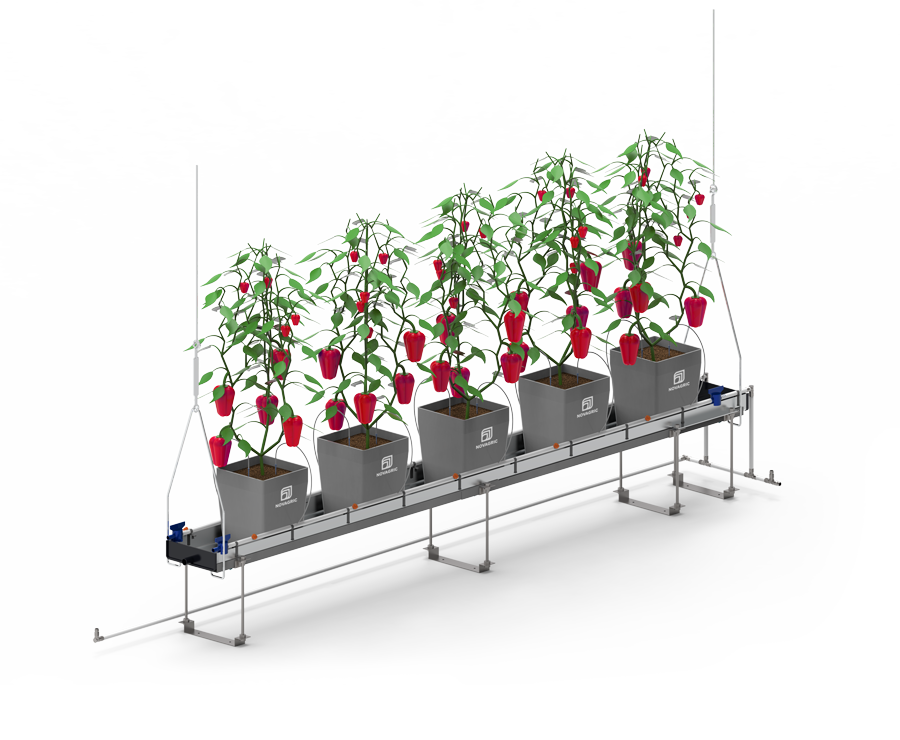What is a water recirculation system?
Drainage recirculation systems in hydroponic irrigation optimise the use of water by reusing it, so that after treatment it is returned to the irrigation network, achieving significant savings in water use and a large reduction in the water footprint.
How does drain recirculation work?
Drainage is collected by means of trays placed under the substrate bags, which have a certain slope.
The excess drainage water is collected in nozzles at the end of each cultivation line, which in turn are sent by gravity to collection tanks (to which all the cultivation lines are connected).
Ideally, in the recirculation of drains, this water should be disinfected in order to avoid risks of microbial contamination in the irrigation water when it is reused.
How does it work in Hydroponic Crops?
One of the main advantages of hydroponic irrigation is the use of water recirculation systems.
The percentage of irrigation water drainage avoid salinisation of the water used for irrigation.
The water applied in hydroponic irrigation tends to salinize in the growing medium, as it is taken up by the plant, leaving salts in the root environment that do not pass through the root cell wall, salinizing the root environment.
When we apply a new irrigation, these salts are mostly washed away together with the drainage. This is why, depending on the quality of the irrigation water, it is necessary to use a higher or lower drainage percentage in hydroponic irrigation.



